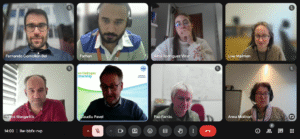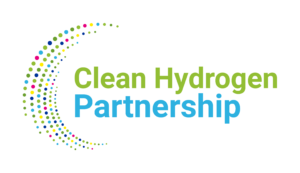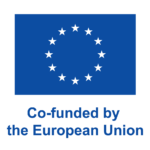We’re pleased to share highlights from the first informal online kickoff meeting of four innovative EU-funded projects committed to producing sustainable hydrogen directly from seawater: ASTERISK, Sea4Volt, SWEETHY, and HySEas.
Supported by the Clean Hydrogen Partnership, this collaboration brings together leading experts to explore complementary technologies and share knowledge in the emerging field of seawater electrolysis.
Overview of the Projects
- ASTERISK is developing anion exchange membrane (AEM) electrolyzers that require minimal seawater pretreatment, addressing contaminants such as microplastics and exploring potential metal recovery.
- Sea4Volt focuses on catalyst coatings and brine valorization, currently testing Baltic and North Sea waters, with plans to expand into the Mediterranean region.
- SWEETHY tackles issues related to precipitate formation and corrosion, while operating full-scale electrolyzer stacks using real Mediterranean seawater from Messina, Italy.
- HySEas, the newest project, is advancing bipolar membrane (BPM) electrolyzers and aims to demonstrate the technology at TRL 4.
Shared Vision and Collaboration
All four projects expressed strong enthusiasm for collaboration and identified several key opportunities:
- Regular informal meetings every few months to exchange insights and align progress.
- Joint communication efforts and potential collaborative scientific publications.
- Knowledge-sharing events, such as a proposed symposium to present early findings.
- In-person networking opportunities.
The kickoff meeting also featured encouraging words from Claudiu Pavel, Project Officer at the Clean Hydrogen Partnership, who emphasized the Partnership’s commitment to direct seawater electrolysis and welcomed continued collaboration throughout the projects’ lifetimes.
Next Steps
- Continue to inform the Clean Hydrogen Partnership of joint activities and milestones.
- Hold brief, focused follow-up meetings every two months to maintain momentum.
- Explore face-to-face meetings at major hydrogen and clean energy events.
This new collaboration marks an exciting step forward in scaling seawater electrolysis, and we look forward to the discoveries and impact these projects will generate together.



